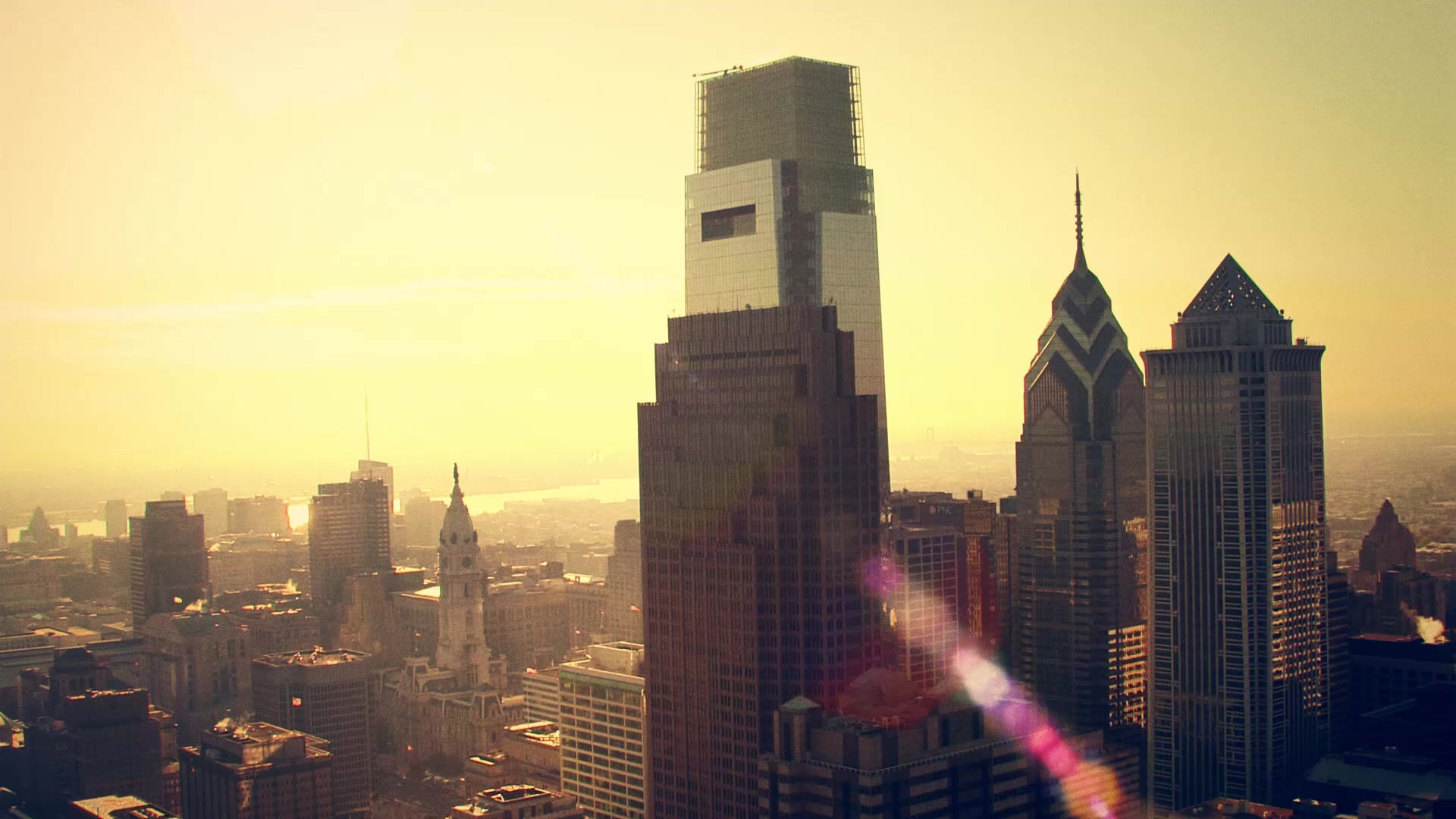
Eng Yommanak

Week one activity
Tracey Moffett "Something more series"
Tracey Moffett is an Australian Photographer who is well known for her highly regarded formal and stylistic experimentation in film, photography, and video, her work draws on the history of cinema, art, and photography as well as popular culture and her own childhood memories and fantasies. Her “Something more” series is no exception of her amazing works of practice when making a photograph. Themes such as struggles between individuals, childhood cruelties in suburban life, the toughness of life on the ‘frontier’, the stereotypes and relations between black and white Australians are apparent in her works. Referencing the artist’s own life and experiences create a reality within the photographs and supports the evidence that these racists attitudes did happen in those times. Ultimately, Moffatt’s work deals with the human condition in all its complexities. Something More is the first of Moffatt’s photographic series which demonstrates all of the elements that have made her work so popular.
“Something more” Series is about a young woman who is dreaming of leaving her isolated home for the big city, but never makes it. Tracey Moffett uses many signs and symbols to express her photographs and challenges aspects of society such as racism that was put upon Aboriginals when the British Colony arrived in Australia. In her first photograph, we see Tracey herself in the middle of the photo standing all alone looking in the distance while clutching her hands together. The first thing we see when we lay our eyes on the photograph is the red kimono dress that Tracey is wearing. The red kimono dress symbolizes passion and life. Furthermore, the red kimono dress also symbolizes the difference in the culture of the main character, Tracey who is stated to be a “coloured” girl living in Australia. Tracey Moffatt has placed the other characters in the background in a less significant pastel colours and we fail to notice the Vietnamese boy who is wearing a rice farmer’s hat in the corner of the house. The composure of her photographs is a tell-tale series that hints the rest of the narrative, with the left of the image being the parts of her own life. Meanwhile, the right side of her photographs shows her misfortunes that she is drawn into while trying to escape to the big city, Brisbane.

Another important photograph with the two white young boys pointing and laughing at her is another symbol of racism. The photograph of the knife in the middle of the image is symbolising violence and the brutality that aboriginal people are faced with. The man pulling her in the photograph furthermore emphasises the violence the main character is experiencing due to that she is an Aboriginal woman. The buffed man is also a representation of the stereotypical Australian bloke. An ironic image in her series would be the photograph of the Vietnamese boy hugging the aboriginal girl. This is ironic because during the same time the Aboriginals were being looked upon as inspurior the asians were also being insultled due to their asian culture. The hugging is symbolising empathy towards the two races, Aboriginal and Asian. They are sharing their thoughts and telling each other thier horrible experiences living in Australia as an outsider even though Aboriginals are the true owners of this land, like we all know. The Aboriginal girl is trying to escape the conditions living in this area she tries to escape to the big city, Brisbane.
My christain photograph

This is my Christain Thomspon photograph. I bought flowers and wires to create my flower crown to be worn by my model. The phtotgraph is a symbolic represenation of feminsim. The beatuty of nature and feminity.


